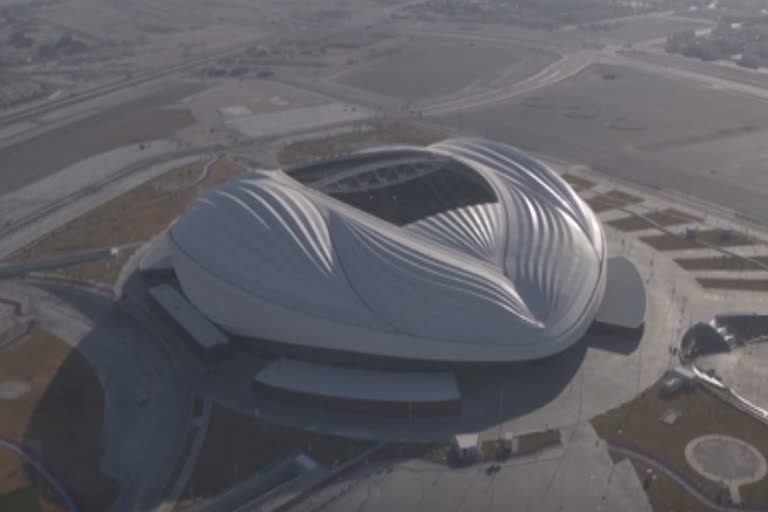Qatar: Dr. Saud Abdulaziz Abdul Ghani, Professor of Engineering at Qatar University, revealed some of the secrets behind the cooling system that he designed to operate at the 2022 World Cup.
At Al Janoub Stadium, for example, specially designed vented boxes, stationed under every seat, will allow cool air to flow through, reducing the temperature around the spectators.
"Coolers operate overnight to cool a certain quantity of water, which would be pumped into the air-conditioning systems, similar to car radiators with fans," Dr. Saud explained.
"The fans take the cool air and push it through boxes found under each seat. The air goes out gently towards the spectators, then it is extracted by the ventilation systems and recycled again. Like a conveyor belt. This is one of the things that makes the technology sustainable. We do not air-condition the whole stadium, but target where the spectators are and this is a unique technology that Qatar has introduced to the world," he added.
Dr. Saud joined the Qatar 2022 project in 2009 when the country was bidding to host the 22nd edition of football's showpiece tournament.
The Supreme Committee for Delivery and Legacy (SC) reached out to Qatar University (QU), in the hope of solving the conundrum of combining football with Qatar's summer heat and Dr. Saud says his system will work well - and prove sustainable.
"The main challenge working against you in such a project is the roof (of the stadium) opening, through which hot air comes in," Dr. Saud continued. "(To address this) we manipulate the (air) pressure, so that the pressure inside the stadium is a bit higher than outside. This will make it difficult for the hot air to come into the stadium."
Sudan-born Dr. Saud, now the proud owner of the nickname 'Dr. Cool' for his work on the 2022 World Cup, said that he found inspiration from his PhD studies at Nottingham University in Britain on air conditioning for the Ford Mondeo family car.
He was using technologies such as wind tunnels and computational fluid dynamics.
"These (stadiums) use the same tools, but are made on a bigger scale," he said. "Engineers always love challenges. As long as there's a challenge, we have to find a solution. It's a matter of finding a solution."
In 2022, Dr. Saud's different cooling technologies will be used across the eight World Cup stadiums, with the systems at Al Janoub Stadium and Khalifa International Stadium already fully-functional.
Despite the fact Qatar's World Cup will take place in November and December - when the temperature is around 20 Celsius and much more comfortable for players and fans - the SC has continued to develop cooling technologies in order to add to the tournament's legacy programme.



